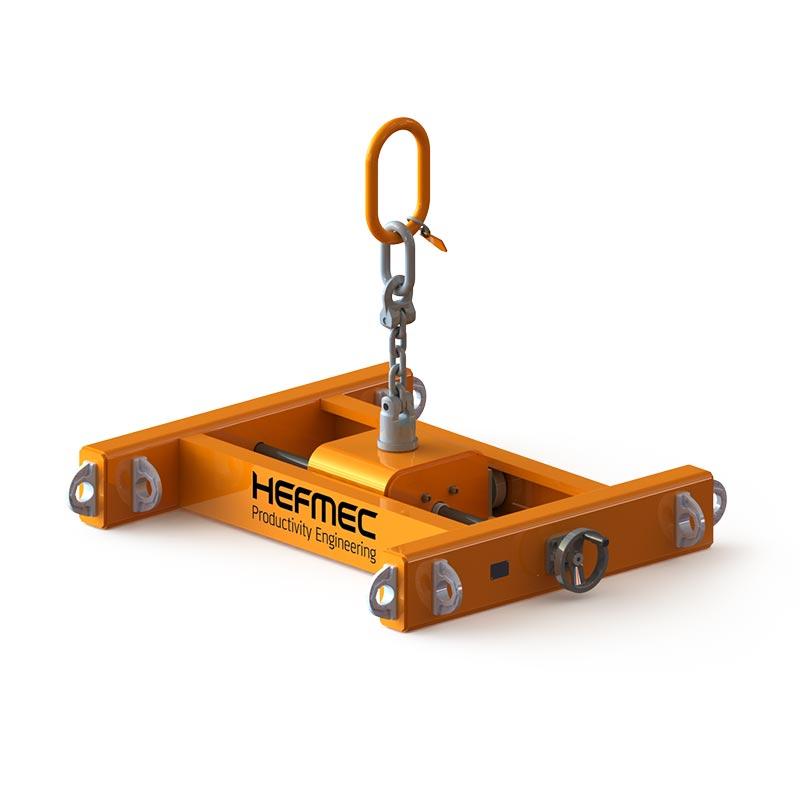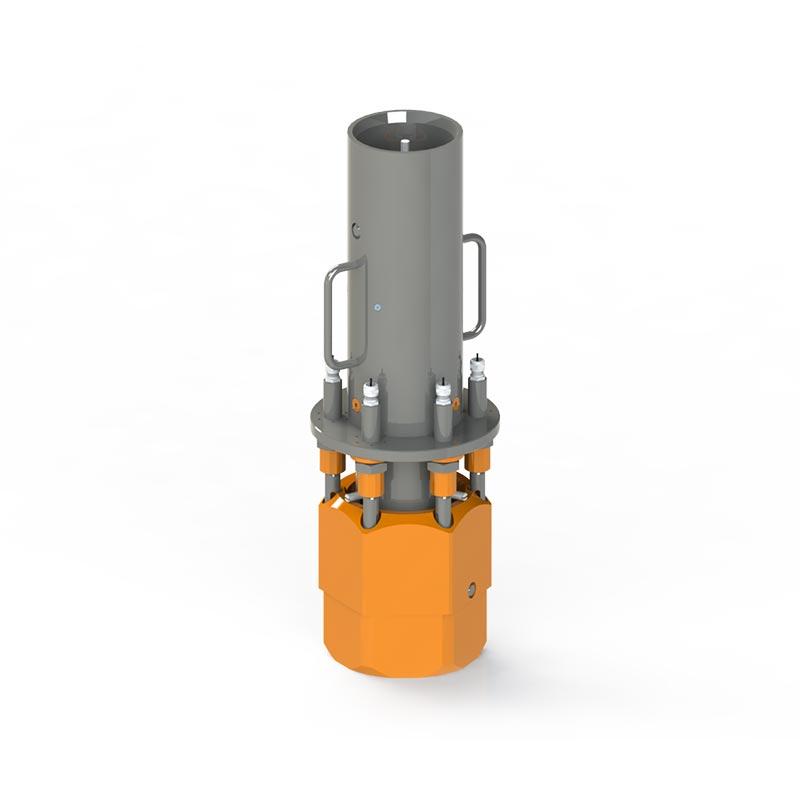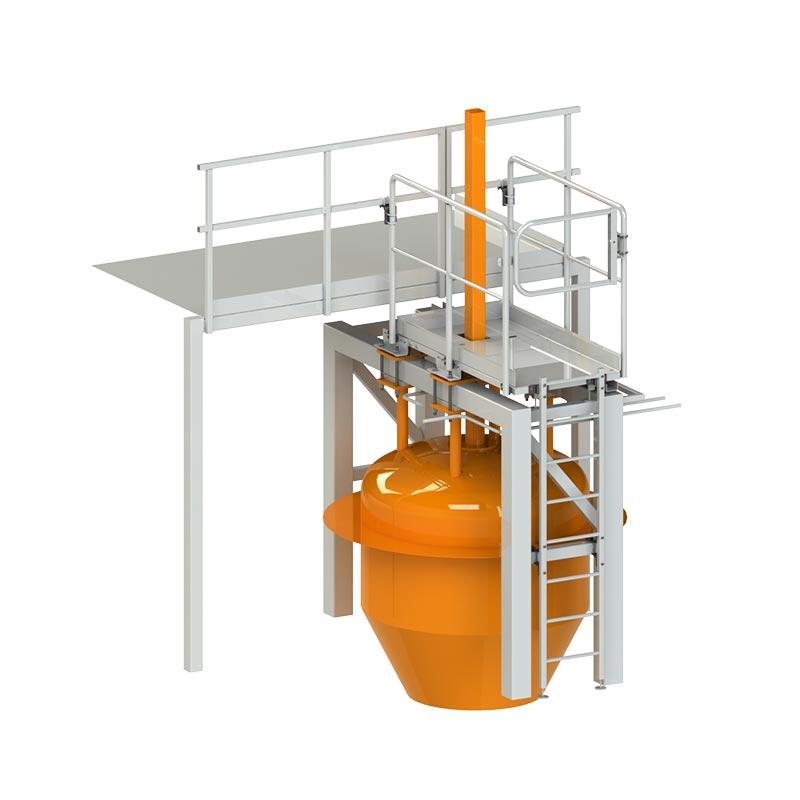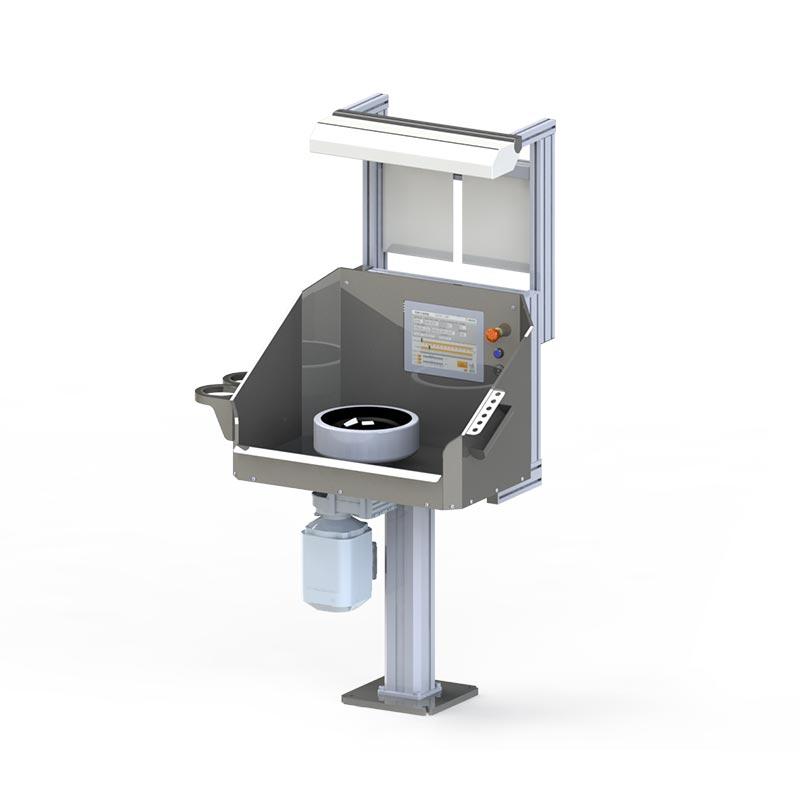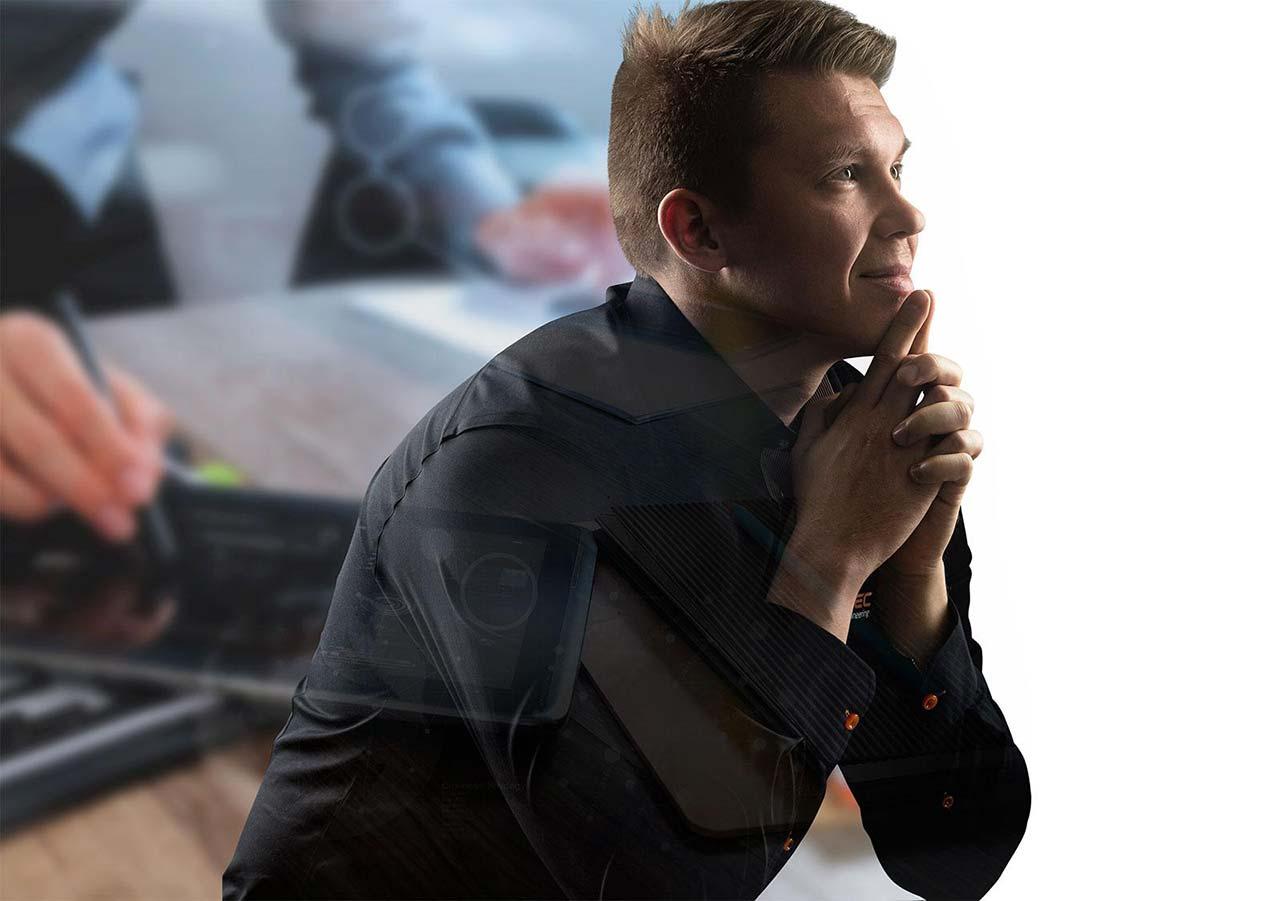The project phase of a production project requires a wide range of lifting equipment depending on the size of the project, the weight of the items to be lifted and the production environment. The main types of lifting equipment are lifting beams, booms, cranes and lifting magnets. The choice of the right lifting equipment has a significant impact on the project schedule, safety and cost-effectiveness. The design of lifting equipment must take into account the specific requirements of the application, safety regulations and future production needs.
The role of lifting equipment in the success of a production project
Lifting equipment is a critical success factor in a production project, directly affecting project lead times, safety and overall costs. Well selected and correctly sized lifting solutions allow for efficient material handling and smooth production progress.
Lifting equipment choices made during the project phase are reflected throughout the entire production life cycle. Careful design of lifting equipment at the outset avoids costly modifications and production downtime later on. This requires an in-depth understanding of the production processes and the characteristics of the items to be lifted.
Safety is the primary consideration when choosing lifting aids. Correctly selected and dimensioned lifting equipment significantly reduces the risk of accidents at work. At the same time, they improve work ergonomics and increase production efficiency by allowing heavy lifting to be carried out safely and easily.
Cost-effectiveness comes from optimising the whole. While quality lifting equipment requires an initial investment, it pays for itself in improved productivity, reduced maintenance and longer service life. Responsibly designed lifting solutions will continue to improve productivity in the future.
Which lifting accessories are best suited to different production environments?
Different production environments place different demands on lifting accessories. The choice of the right type of lifting equipment depends on the size, weight, shape and structural characteristics of the items to be lifted.
Adjustable lifting beams, such as OptiBeam solutions, are ideal for varying lifting needs. They allow quick adjustment of lifting points without tools, making them versatile for different sized pieces. For lighter lifts (1000-5000 kg), adjustability brings flexibility to daily work.
OptiBeam HEAVY lifting beams for lifting heavy objects are designed for masses over 5 tonnes. The reinforced profile and adjustable lifting points allow safe handling in prefabricated construction, steel and large machinery lifting.
Fixed booms, such as FixedBeam solutions, are optimal for applications where the pieces to be lifted are of the same size. They are particularly suitable for lifting pipes, cylinders and concrete products. The fixed design allows for fast and repeatable operation, with lifting capacities scaling from one tonne up to 200 tonnes.
| Type of lifting accessory | Lifting capacity | Suitability | Specific characteristics |
|---|---|---|---|
| OptiBeam adjustable | 1000-5000 kg | Varying lifting positions | Tool-free adjustment, integrated measuring scale |
| OptiBeam HEAVY | >5000 kg | Heavy objects | Reinforced profile, precise fit |
| FixedBeam fixed | 1000-200 000 kg | Fixed size pieces | Customizable design, fast operation |
Technically and economically right-sized solutions ensure that lifting accessories serve efficiently throughout their life cycle. The choice of materials, suspension heights and attachment solutions are always tailored to the application.
How does the choice of lifting equipment affect the project schedule?
The choice of lifting equipment has a significant impact on project lead times. Properly selected lifting equipment speeds up material handling, reduces waiting times and allows for a more efficient workflow. Incorrectly sized or inappropriate lifting solutions, on the other hand, slow down production and can cause significant delays.
Careful planning at the project stage saves time in the later stages. By selecting lifting accessories according to the requirements of the production process, time-consuming modifications and redesigns are avoided. Agile working methods allow a rapid response to changing customer needs.
The availability of lifting equipment and delivery times are critical factors in scheduling. Ready-made, modular solutions can be delivered quickly and directly to the site. Tailor-made lifting solutions require planning time, but are optimised for the specific needs of the production process.
Deployment and training also affect the timetable. Intuitive, easy-to-use lifting aids speed up deployment. For example, adjustable lifting blocks with integrated measuring scale and tool-free adjustment reduce the need for training and speed up daily use.
Maintenance and servicing needs must be taken into account in the scheduling process. High quality lifting equipment requires fewer maintenance stops, which improves production availability. Products with a lifetime guarantee provide security for long-term use.
What are the safety requirements for lifting accessories at the project stage?
The safety requirements for lifting equipment are based on national and international standards, such as the Machinery Directive and SFS-EN standards. During the project phase, it is necessary to ensure that all lifting solutions comply with the regulations in force and are suitable for the intended use.
CE marking is a mandatory requirement for all lifting accessories. It shows that the product meets EU safety, health and environmental protection requirements. Lifting accessories must pass a type examination and be accompanied by a declaration of conformity.
Load testing and safety factors are key safety factors. Lifting accessories are tested to at least 1.25 times their rated load and adequate safety factors are used in the design. The dynamic safety factor is typically 1,5 and the static safety factor 1,25.
It is a legal requirement to draw up operating and maintenance instructions. The documentation must contain clear instructions for safe use, periodic inspections and maintenance. Training of users is an essential part of safe commissioning.
Responsible design and manufacturing are reflected in the quality and durability of our products. Many quality lifting aids can be backed by a lifetime guarantee, which shows the manufacturer’s confidence in their products. This commitment to safety and quality provides the basis for long-term, safe use.
Key factors in the selection of lifting accessories for production projects
The choice of lifting equipment must take into account a holistic approach, combining technical requirements, safety, economy and future needs. Successful selection is based on a thorough needs assessment and a thorough understanding of the production process.
A client-centred approach is key to finding the right solutions. By listening to the customer’s needs and understanding the root causes of the problem, lifting solutions can be designed that really match the application. This requires open dialogue and collaboration throughout the project.
Technical sizing is a critical success factor. Lifting equipment must be strong enough for the loads to be handled, yet lightweight and easy to use. Proper sizing ensures safety, optimises costs and improves usability.
Future productivity solutions will take into account production growth opportunities and changing needs. Modular and adjustable lifting solutions offer flexibility as production evolves. Investing in quality pays off in terms of improved productivity and reduced maintenance requirements.
The choice of lifting equipment at the project stage is a strategic decision that affects the success of the entire production project. The right choices lay the foundation for efficient, safe and economically viable production. By carefully planning lifting solutions from the outset, smooth production and competitive operations are ensured well into the future.



